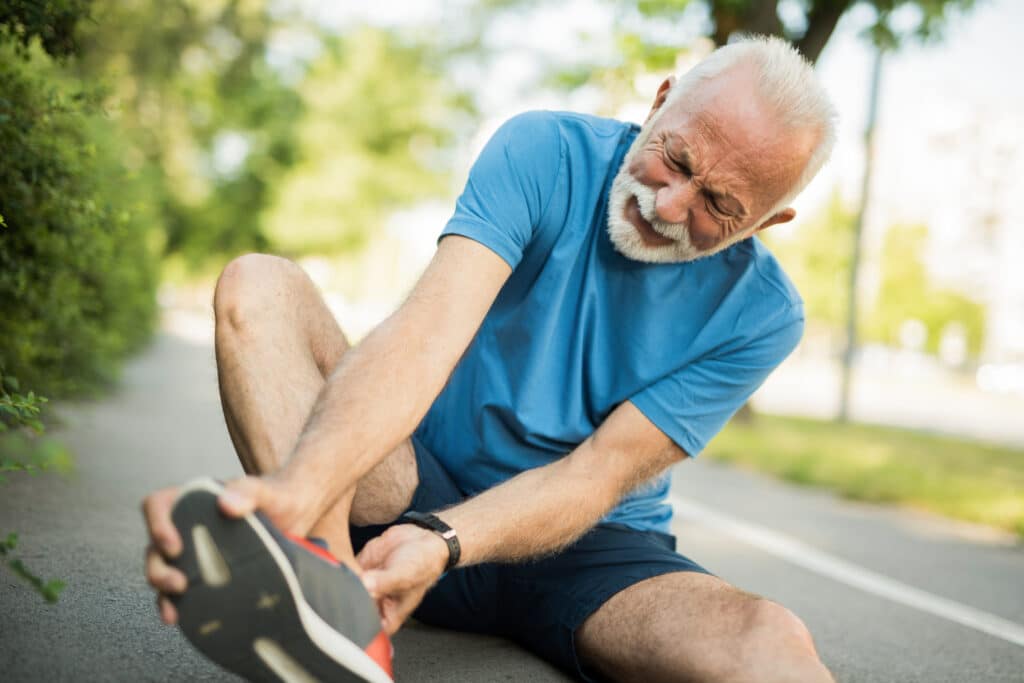
Plantar fascia strain can cause immense pain, especially for people who have to stand or walk for long hours. The pain is usually felt in the heel of the foot and worsens with prolonged standing, walking, or running. But, what about when you’re resting? Does plantar fascia strain hurt when resting? In this blog post, we’ll explore this question and provide you with some insights into the causes and treatments of plantar fascia strain.
Firstly, let’s understand what plantar fascia is all about. The plantar fascia is a thick band of tissue that runs across the bottom of your foot, connecting your heel bone to your toes. When this tissue gets overstretched or overused, it can cause strain and inflammation, leading to plantar fascia strain. The symptoms of a plantar fascia strain are usually sharp, stabbing, and worst when you first stand up or take your initial steps after sitting or resting.
Now, coming back to the question – Does plantar fascia strain hurt when resting? The answer is – yes, it can! Even when you’re sitting or lying down, plantar fascia strain can cause discomfort, especially if your foot is in an unusual or awkward position. It is because the tissue is still inflamed and sensitive, and any pressure or movement on the foot can cause pain and discomfort.
If you are experiencing plantar fascia strain, seeking professional help can be beneficial. A chiropractor or physiotherapist can help assess and diagnose the condition and then provide personalized treatment. Your treatment plan may include stretching exercises, massage, foot taping, or custom orthotics, depending on the severity of the strain.
Another crucial aspect of plantar fascia strain treatment and prevention is appropriate footwear. Wearing comfortable and supportive shoes that fit well can help reduce the strain on the plantar fascia. A podiatrist can advise you on what types of footwear are suitable for your foot shape, activity levels, and lifestyle.
In addition to seeking professional help and wearing the right footwear, there are some home remedies you can try to relieve the pain and inflammation. Applying ice to the affected area, resting your foot, using over-the-counter pain relievers, and doing foot exercises can help reduce the pain symptoms associated with plantar fascia strain.
In conclusion, plantar fascia strain can hurt even when resting, and it is essential to seek professional help if you are experiencing any pain or discomfort. A chiropractor or physiotherapist can help diagnose and treat the condition, while a podiatrist can advise on the best footwear for your feet. Finally, taking care of your feet by doing appropriate exercises, applying ice, and resting can help reduce the pain and keep the plantar fascia healthy. So, if you are experiencing any symptoms of plantar fascia strain, don’t hesitate to take action to improve your quality of life.
If you have any questions or would like to explore further, please book a free, no-charge online appointment with either myself, Nitin Nair, BPT, R/TRO DIP, PT, or another Kitchener physiotherapist at CARESPACE. We are happy to listen and are here to help!

